
Editor’s Note: Foodscapes Near Me is a bi-weekly food anthropology column that explores the origins and evolution of dishes specifically designed for college kitchens.
New York has its pizza, Philadelphia has its cheesesteak, and Boston has its clam chowder. If you’ve spent any time in Seattle, you can probably name some of the culinary delights the city is famous for, like salmon and seafood. But any local (or hungry college student) will tell you that Seattle’s truly unique and iconic contribution to the American culinary landscape is nothing more than teriyaki.
Teriyaki is ubiquitous in Seattle and “the closest city to a Chicago dog,” according to a 2010 New York Times report. A quick Yelp search for “teriyaki” in the Seattle area reveals page after page of results for restaurants serving plates of sliced meat bathed in a luxuriously sweet and savory brown icing.
What made teriyaki a culinary staple in Seattle?
Teriyaki comes from the Japanese words “teri”, which means sunshine or shine, and “yaki” which means grill or stir-fry. This refers to the way the sweet sauce turns into a sticky glaze when the meat is cooked over the heat of the grill. The earliest mention of the word teriyaki is in a Japanese novel from 1813, but the method of grilling meat in sweet soy-based sauces is believed to have existed in the much earlier Edo period. During this period, meat such as chicken and beef were rarely eaten, so teriyaki was mainly cooked with fish or other seafood available.
First, a distinction should be made between Seattle-style teriyaki and its more traditional Japanese counterpart. Aside from using seafood, Japanese teriyaki is more of a cooking method than a unique dish and a somewhat generic term for fish (or other meat) grilled with tara sauce. Tara sauce is made from shoyu (soy sauce) and either mirin (cooking rice wine) or sake and glued to the meat over the grill to create a shiny glaze.
American teriyaki, on the other hand, is usually made up of mounds of grilled chicken or beef served over a bed of rice and soaked in a much sweeter sauce. This irresistibly sweet and savory sauce is associated with teriyaki by most Americans – and for good reason. This American-style teriyaki sauce would become the spark that sparked Teriyaki’s popularity abroad.
American-style teriyaki sauce has a somewhat unclear origin. One theory suggests that it may have been developed by Japanese immigrants who lived in Hawaii in the 1920s and 1930s. Since mirin wasn’t readily available, people replaced their tare sauce with brown sugar, which made the sauce much sweeter and thicker. Over 40% of the island’s population were Japanese at the time, which had a significant impact on the Hawaiian way of life and led to the popularity of the new sauce. By the 1960s, this new form of teriyaki had become a culinary staple of the Hawaiian islands. Some other variations influenced by immigrant populations also appeared, including ingredients like garlic or even pineapple juice.
This Hawaiian-style sauce likely made its way to mainland America after World War II, when interest in the South Pacific increased and American GIs stationed there returned from the war. Hawaii’s official statehood in 1959 made travel and tourism to the islands easier and more glamorous, and tourism campaigns included offers to sell Hawaiian products in grocery stores on the west coast that likely contained teriyaki sauce.
It is unclear when Teriyaki first appeared on Seattle menus, but in 1976 the first of Seattle’s famous Teriyaki stores appeared. Toshi Teriyaki Restaurant, opened by Toshi Kasahara in Lower Queen Anne in 1976, is believed to be Seattle’s first teriyaki store. The original menu only had 5 options that were less than $ 3 each. The star of the show? Grilled chicken in a sweet, sugar-based teriyaki sauce.
“He always experimented with different methods,” said co-owner Taichi Kasahara. “He knew the traditional Japanese [method], but then I just wanted to include different flavors. “
Kasahara’s new flavors were not only a hit, but also their low prices. The restaurant grew in popularity and just four years later, Kasahara opened a second location in Greenlake. Kasahara soon opened restaurants across Seattle, establishing the dish as a lucrative endeavor.
Today, due to its popularity in Seattle, Teriyaki has become a staple of more than just Japanese restaurants or Teriyaki stores. Just on Ave alone, you’ll find teriyaki at places like the Hawaii BBQ Restaurant, Mei Mei Cafe, and Just Burgers. Not to mention the numerous exclusive restaurants like BB’s Nasai Teriyaki or Teriyaki Grill, which have been frequented by hungry college students for years.
“The taste of teriyaki is so universal,” said Kasahara. “Regardless of the type of cuisine you’re used to, it’s an easy taste to enjoy.”
Teriyaki has a special place in the heart of all Seat leaders. For the busy tech or broken college student, Teriyaki guarantees a quick, cheap, and filling meal. Its reliable warmth and irresistible pleasure ensure that people keep coming back with pleasure. Without a doubt, the dish has earned its place as an icon of Seattle cuisine.
Reach out to columnist Taylor Zachary at arts@dailyuw.com. Twitter: @trzzachary
Do you like what you read? Support high quality student journalism by donating here.



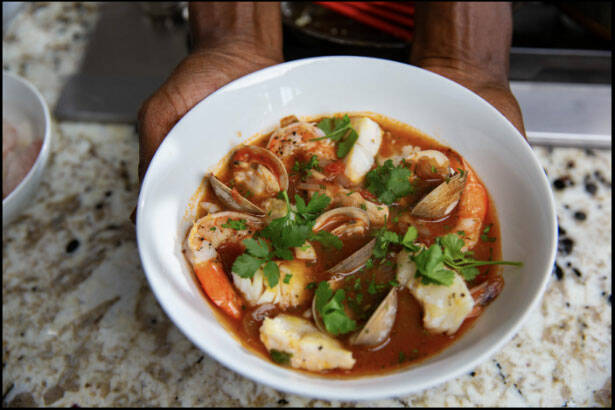



:quality(70)/cloudfront-us-east-1.images.arcpublishing.com/cmg/BPEI2QQ76SHPPOW6X6A6WHEGX4.jpg)
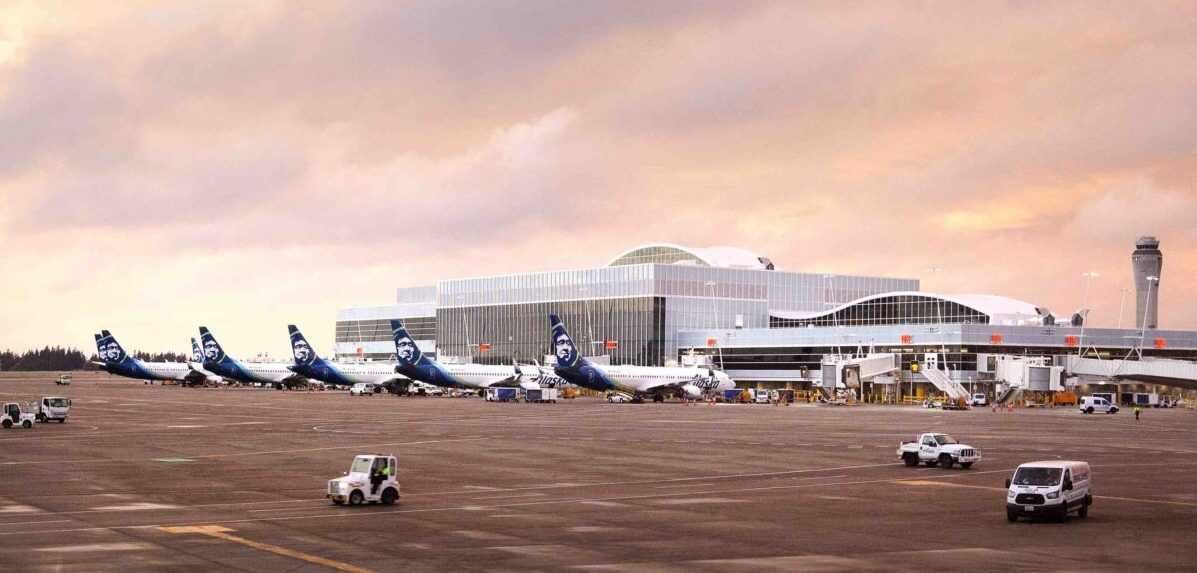

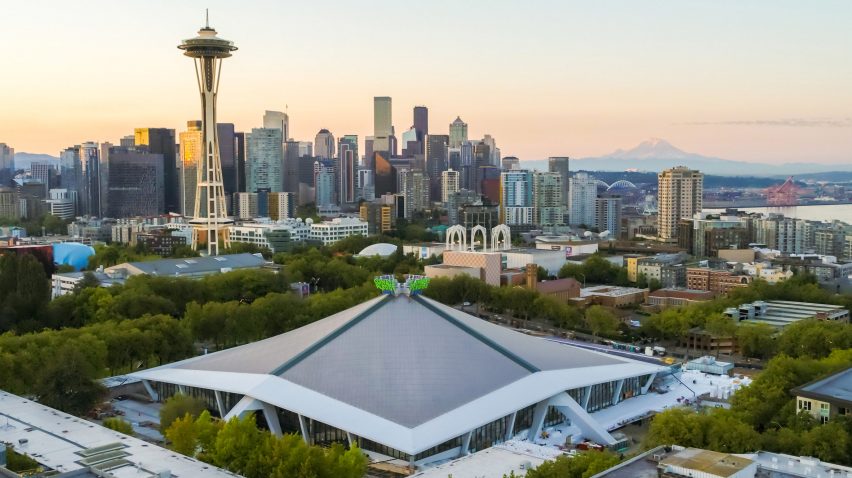

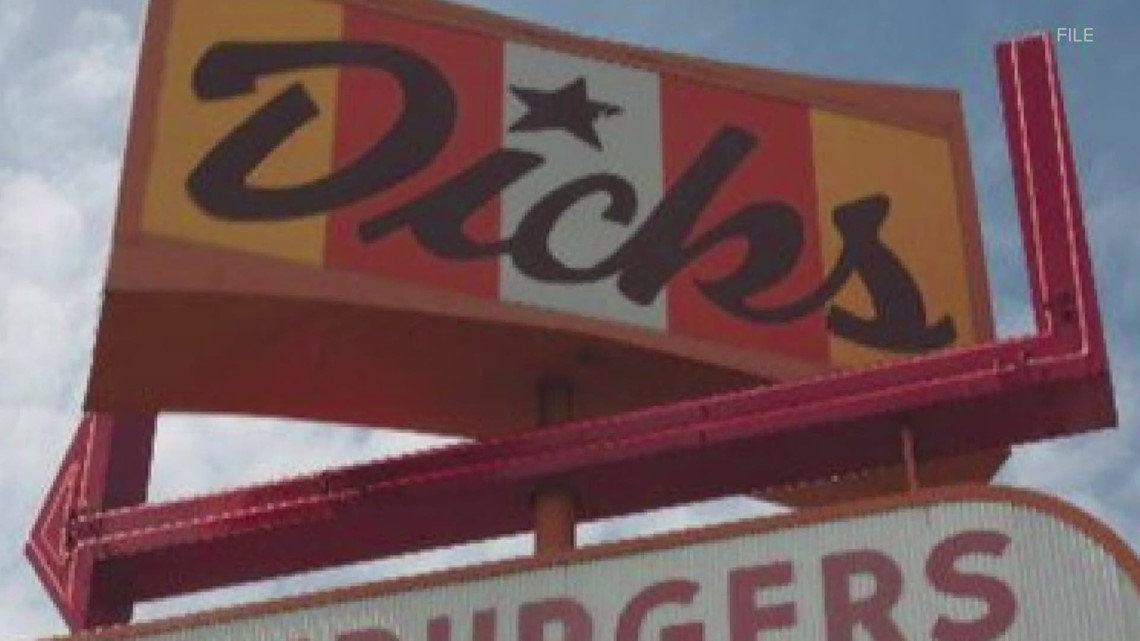
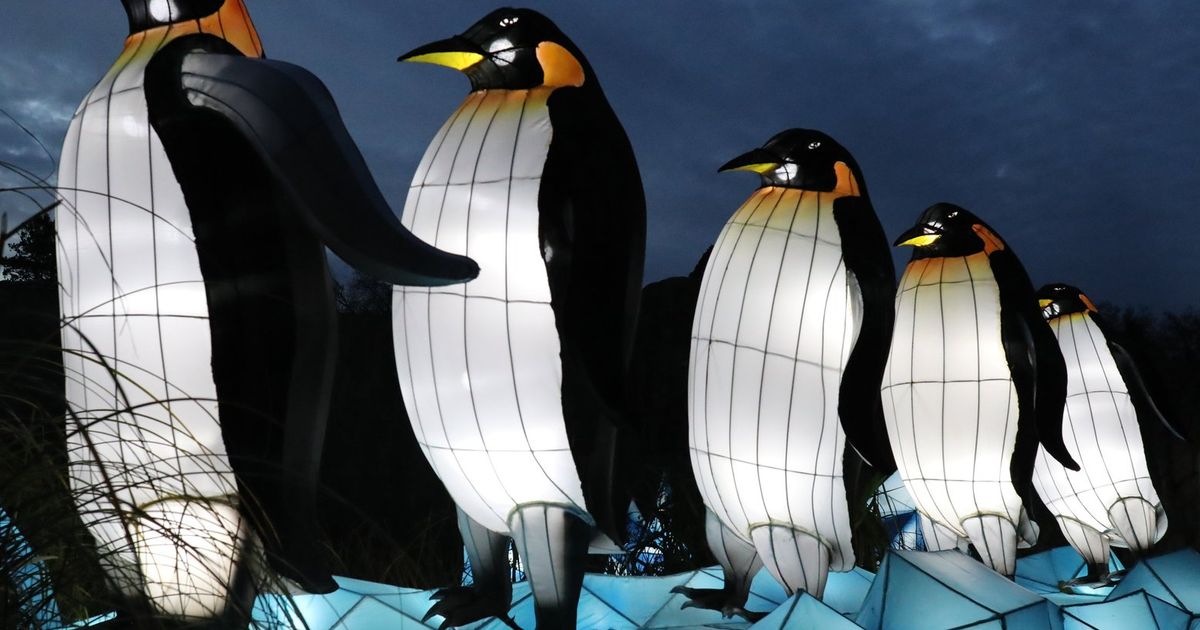







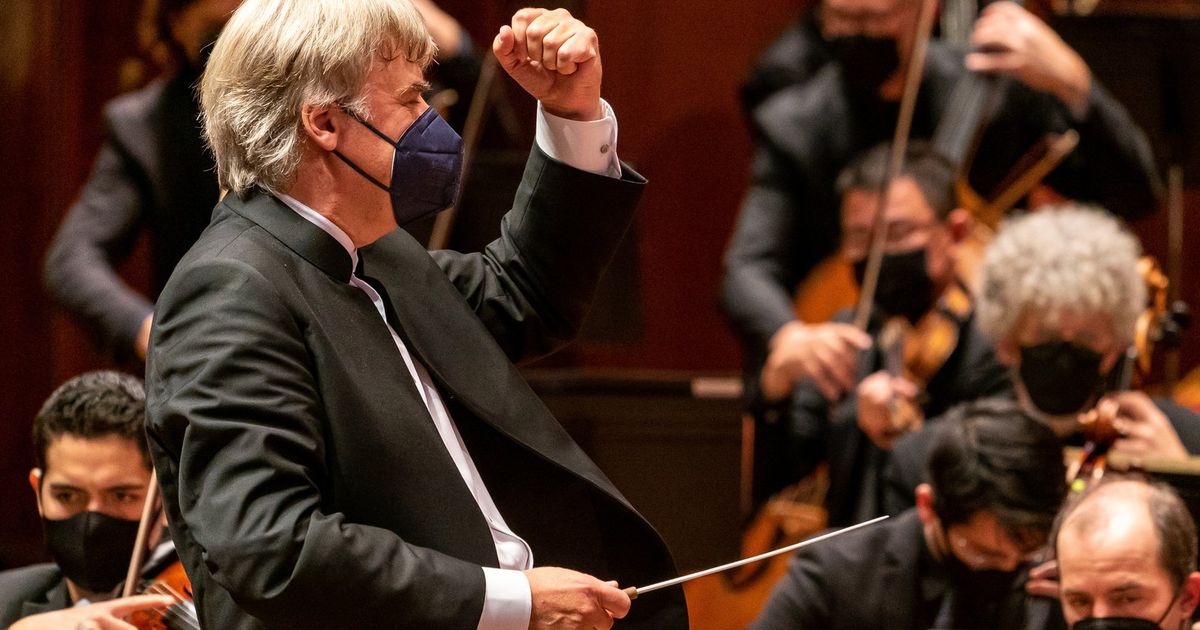


:quality(70)/cloudfront-us-east-1.images.arcpublishing.com/cmg/GLQND2AXQQO2G4O6Q7SICYRJ4A.jpg)

/https://specials-images.forbesimg.com/imageserve/618720992e41c4973abab648/0x0.jpg)


:quality(70)/cloudfront-us-east-1.images.arcpublishing.com/cmg/ZHBWDR2X2MRDIXFEGIJPUJWEHI.jpg)